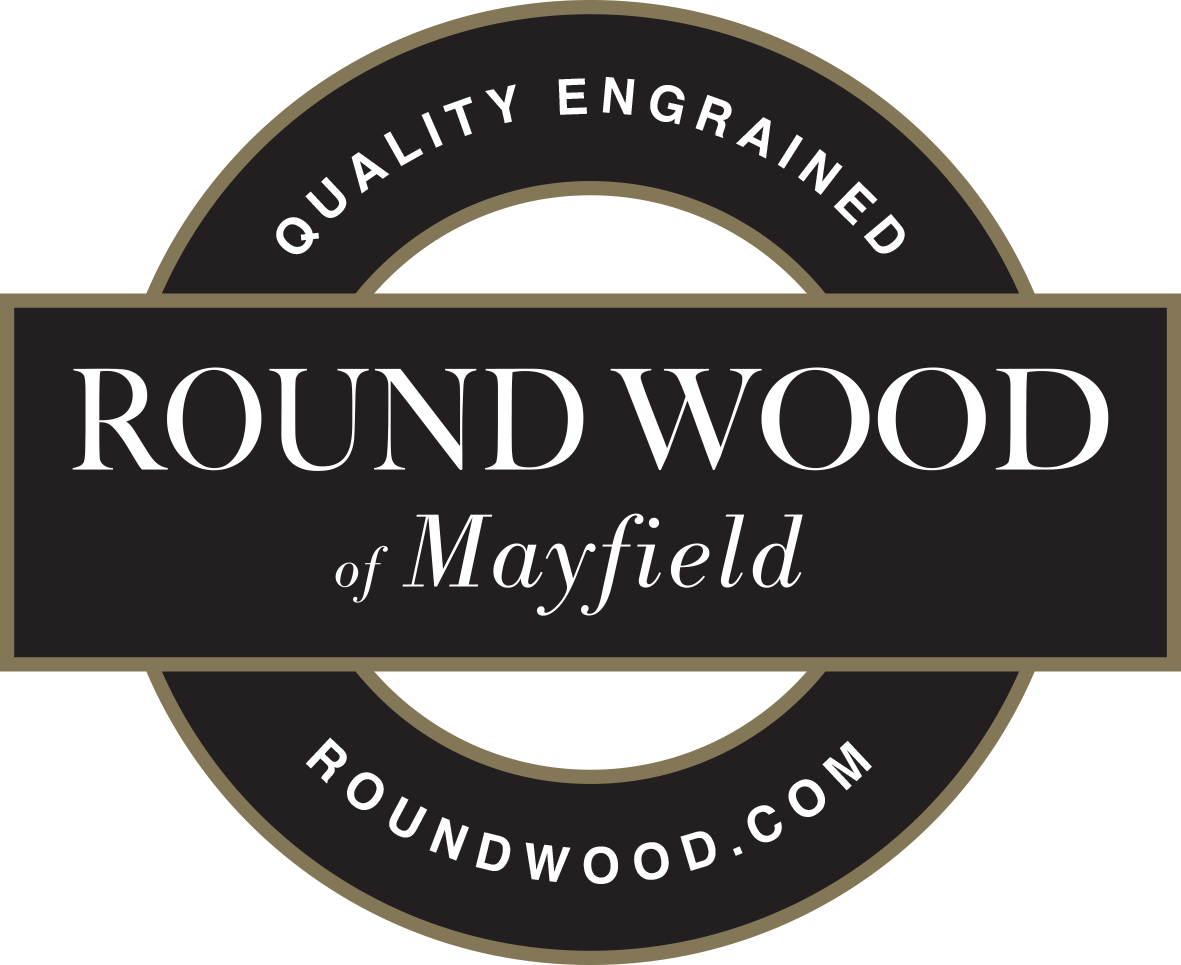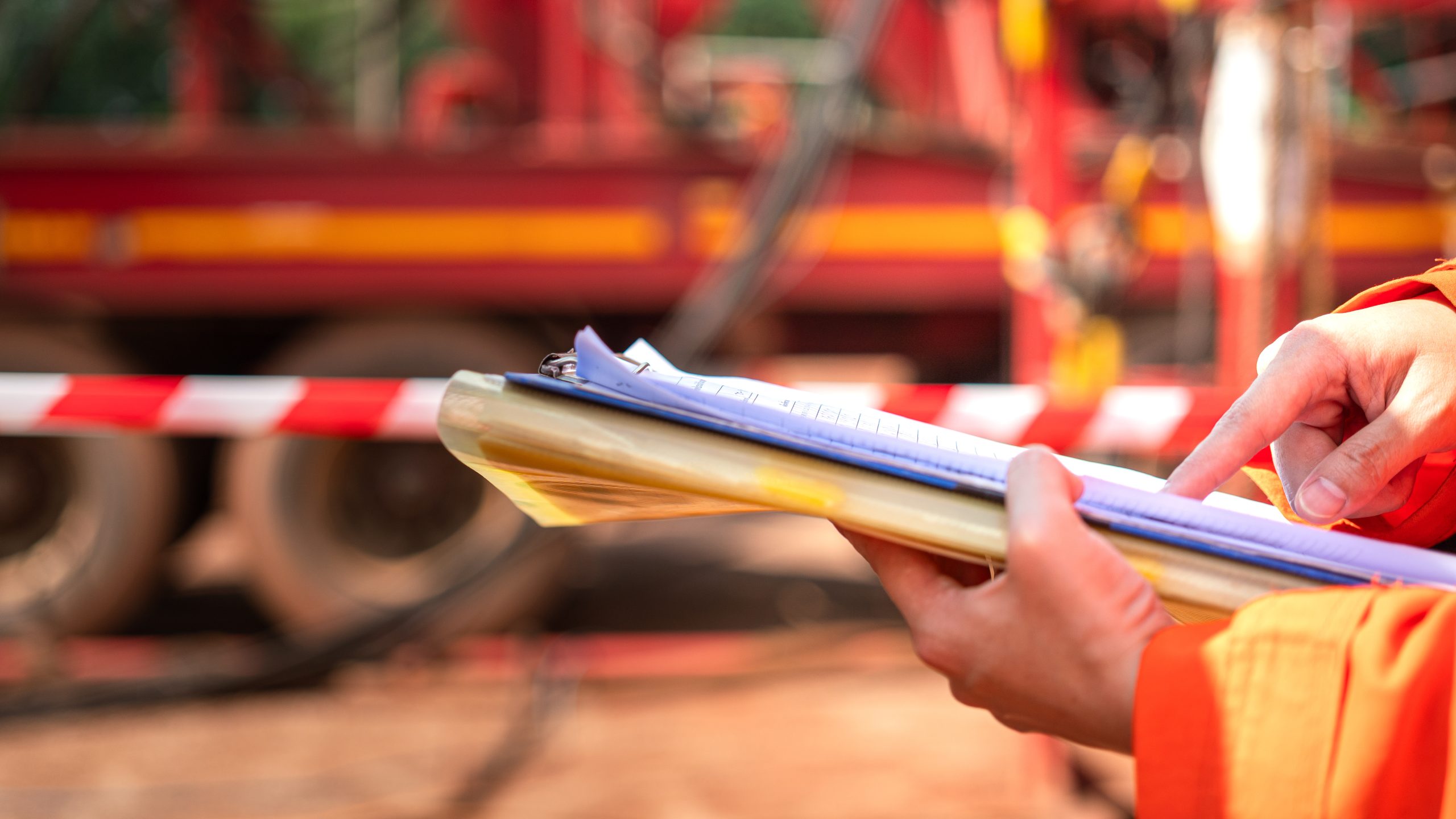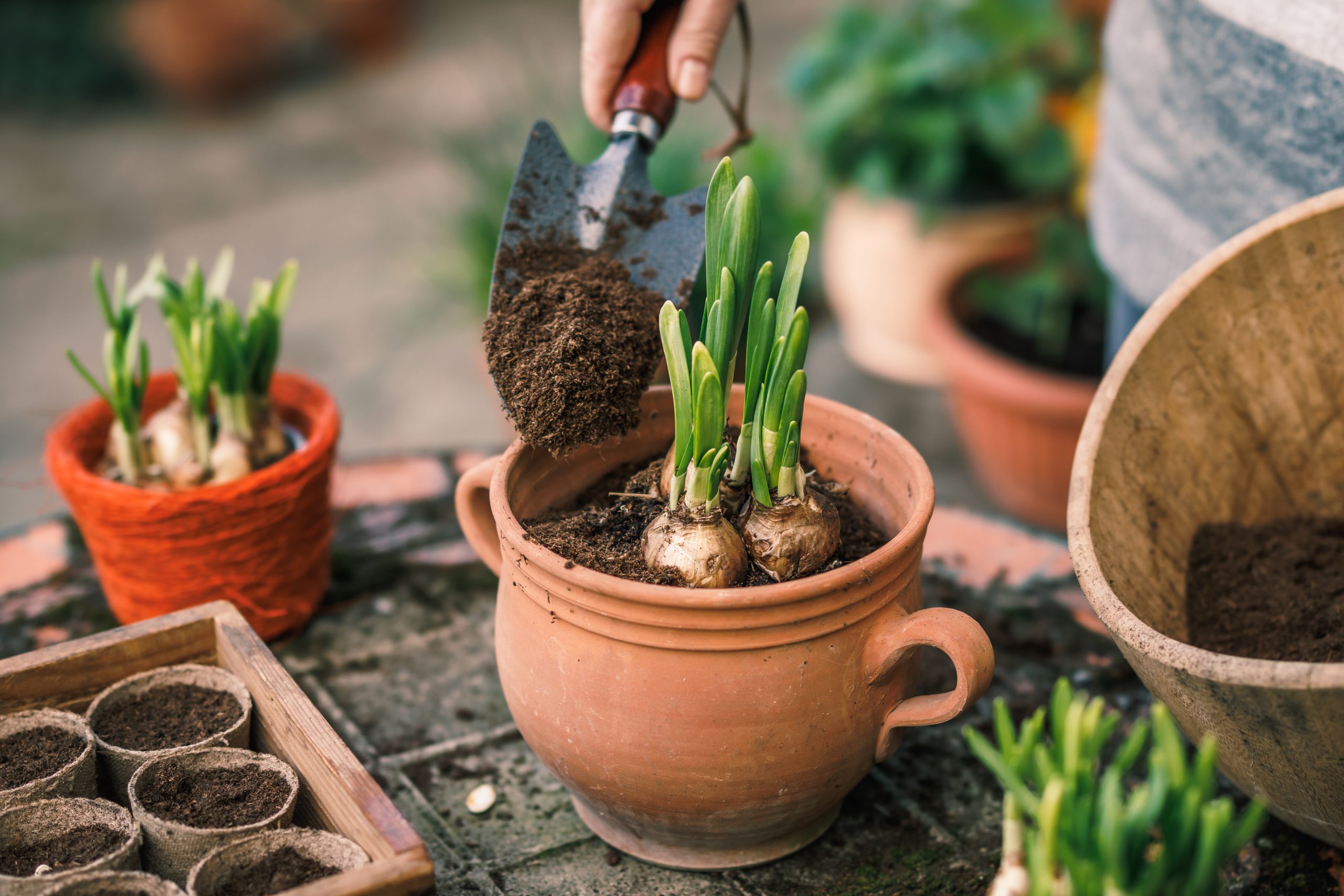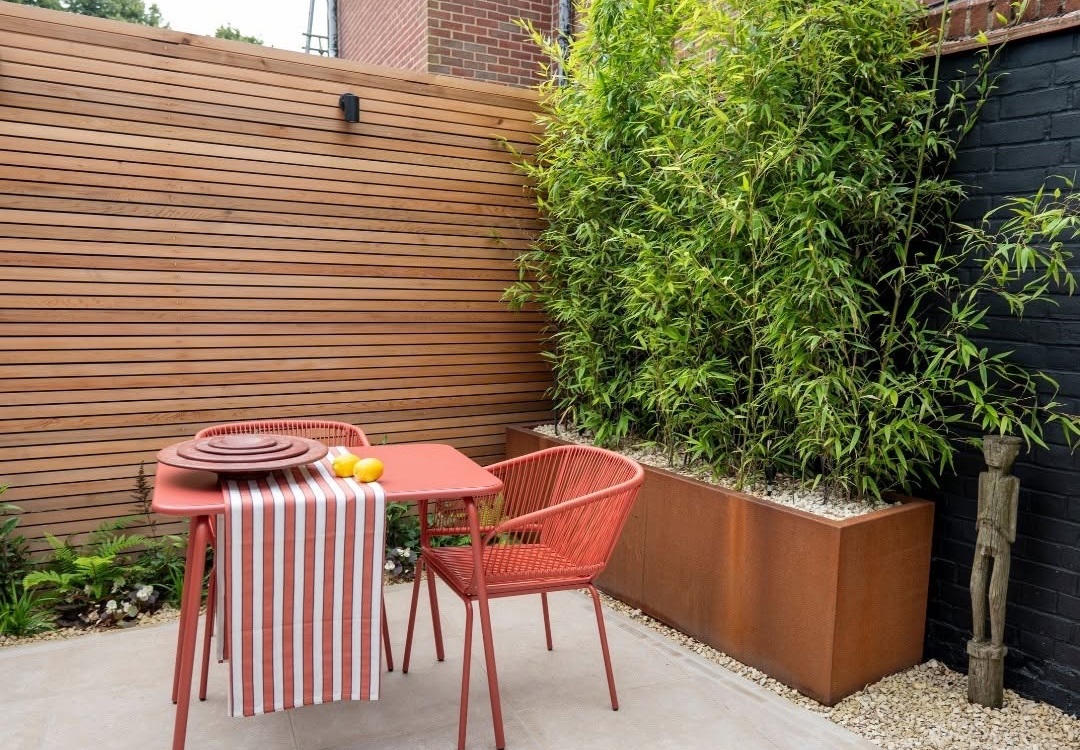The Essential Cladding Installation Checklist
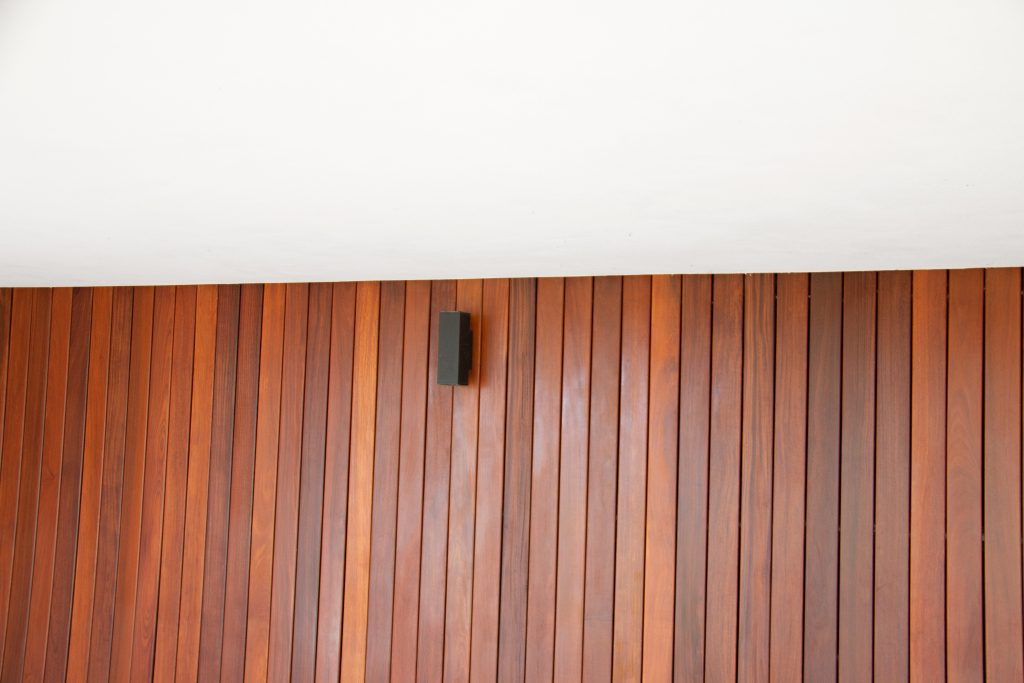
While it's easy to focus on aesthetics, the real success of any cladding project lies in the details behind the boards. From battens and fixings to moisture management and timber movement, there’s more to it than meets the eye. With options ranging from characterful hardwoods like oak, to engineered Thermory, we provide a broad spectrum to suit any build.
The 3 Overlooked Preliminaries
Before the first board is fixed, there are key groundwork steps that set the tone for a long-lasting, high-quality finish, yet these are often rushed or overlooked. The right preparation allows premium materials to perform exactly as they should.
1. Moisture Management
Moisture is the number one enemy of cladding. A high-quality breather membrane is essential to protect the structure behind and allow vapour to escape. Equally important is correctly spaced vertical battening, which creates an airflow gap that helps boards dry naturally and avoids trapped moisture.
2. Surface Prep
The substrate must be flat, dry and compatible with your chosen cladding. Uneven or unstable surfaces lead to board movement and visual issues later. Pre-treatment is also crucial – especially for absorbent timbers like oak or softwoods like larch. Applying preservatives or UV oils before installation ensures even protection and avoids patchy weathering.
3. Fixing Zones & Access
A smooth install needs clear access, stable scaffolding, and the right tools. Tight spaces, angled walls, or poor access can create delays or rushed work, undermining the final look.
Hidden Cost Traps
Cladding costs can creep up fast, especially if you miss these common pitfalls:
- Over-ordering (or underestimating) materials: Always account for cuts, offcuts, and defects. Wastage allowances vary by timber type and board length.
- Unbudgeted accessories: Finishing oils, trims, and corner details are often left off initial quotes, but quickly add up.
- Fasteners & fixings: Quality stainless steel fixings are a must – especially with hardwoods. Cheap alternatives can corrode and stain boards.
- Time lost to bad fixings: Fixing boards incorrectly can lead to delays, rework, or even splitting. A rushed job costs more in the long run.
To streamline installation and reduce visible clutter, our hidden fastening systems are a smart choice. They speed up fitting and deliver a flawless, uninterrupted finish (especially effective with modern cladding profiles like shadow gap or shiplap).
Timber-Specific Tips
Different materials behave differently once installed, and understanding these quirks can make or break your cladding project.
Hardwoods (Oak, Balau, Cumaru)
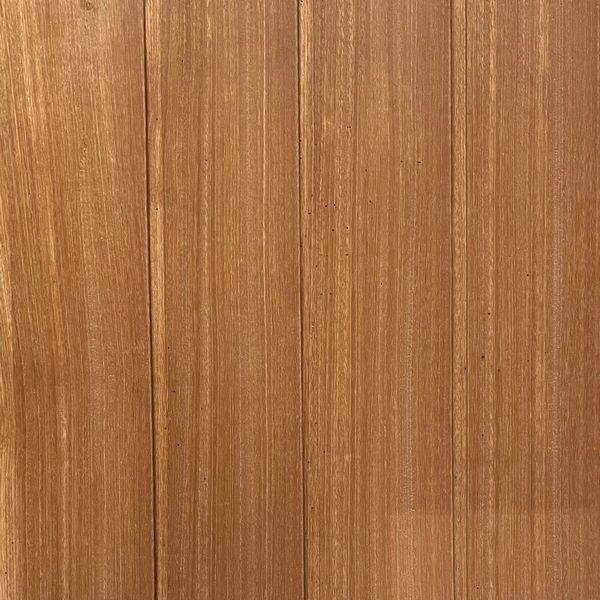
Hardwoods are dense, durable and striking, but always allow boards time to acclimatise on site before fixing. Pre-drilling is essential to prevent splitting, especially near ends. Expect natural movement with seasonal changes – spacing and fixings must allow for this.
These species benefit from regular oiling, though some clients choose to embrace the silvered look.
Softwoods (Cedar, Larch)
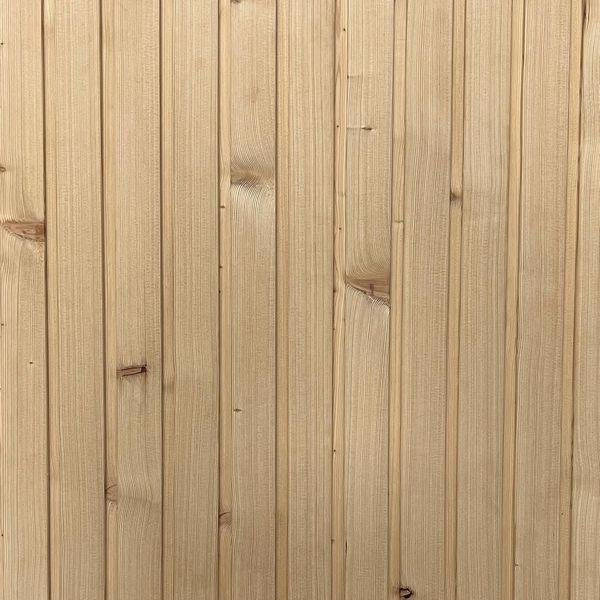
Softwoods are lighter and easier to work with, but require protection. Cedar and larch are particularly UV-sensitive, and will fade to grey quickly if not treated. Fixings should be rust-resistant and installed with care – nails too close to edges can split the board.
A breathable, pigmented UV oil can help retain colour and prolong life, especially in exposed locations.
Thermory and Composite Boards

Thermory boards are thermo-treated for better stability, making them ideal for contemporary designs – suiting both external facades and internal features. Composite options like WEO boards mimic the look of timber with minimal upkeep, but note: while they’re stable, colour fade can still occur with prolonged sun exposure.
Common Installation Mistakes
Even with quality materials, a few simple errors can shorten the life of your cladding or spoil the finish. Avoid these common pitfalls:
- Fixing too tight or through board ends: This restricts natural movement and often leads to splitting or warping.
- Inconsistent spacing: Poorly spaced boards create an uneven look and compromise ventilation.
- Using uncoated or incompatible screws: Especially with hardwoods, standard fixings can rust and cause unsightly staining.
- Not sealing cut ends: Exposed end grain absorbs moisture and decays faster if left untreated.
We supply the appropriate accessories, including finishing oils, end-grain sealants and specialist stainless steel fixings, to help avoid these pitfalls and ensure your project looks its best.
Compliance & Maintenance
Cladding can affect how your build performs and whether it complies with local regulations. Bear in mind that:
- Ventilation is key, both for the structure behind and for the cladding itself. Without airflow, boards may warp or trap moisture.
- In some settings, cladding may also need to meet fire spread ratings – especially on boundary lines or multi-storey projects.
- Planning restrictions can apply in conservation areas or listed settings, so always check before starting.
- Long-term performance depends on upkeep. Finishing oils protect against UV and moisture, helping timbers stay true to tone and form.
Final Checklist
Have you ...
✓ Allowed for airflow?
✓ Checked surfaces are flat, dry and pre-treated if needed?
✓ Budgeted for fixings, trims, and finishing oils?
✓ Used stainless steel or coated fixings suitable for your timber?
✓ Maintained consistent board spacing?
✓ Sealed all cut ends to prevent moisture ingress?
✓ Checked for planning or fire regulation requirements?
✓ Chosen the right timber or composite for the setting?
✓ Considered bespoke options to meet specific design or compliance needs?
Cladding Done Right
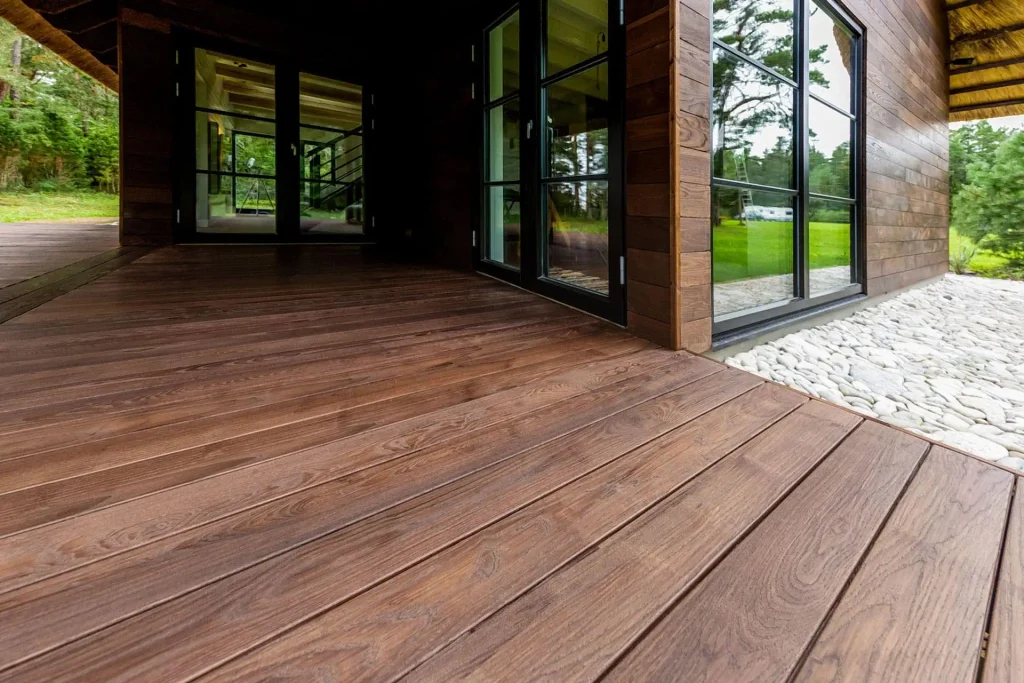
Getting cladding installation right is just as important as picking the right board. From planning and prep to fixings and finishes, the details matter. For tailored advice on materials, profiles, and accessories, we’re here to help if you need us.
